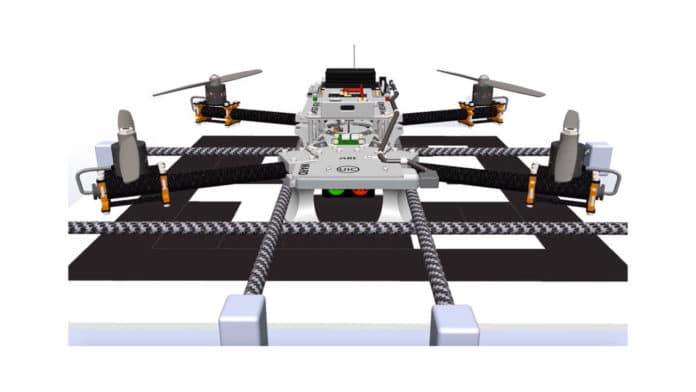Although drones have evolved a lot in recent years, many battery-powered drones are limited by relatively short battery life. Due to the short operating time, the drones can only be used by the army for reconnaissance for a certain period of time, for example, after which they have to return to the starting point so that they can be recharged.
To solve this problem, the U.S. Military is planning to build an autonomous charging system that can support a swarm of hundreds of unmanned air vehicles. The CCDC Army Research Laboratory collaborates with the University of Illinois Chicago on research to develop algorithms for small drones that will lead to software to help small drones to locate the nearest charging station, get there on their own and charge before returning to their mission.

The military has funded a four-year research project, the ultimate goal of which is to place charging stations on land vehicles that will charge a huge number of drones. The University of Illinois Chicago has signed an $8 million contract with a U.S. Army research facility specializing in combat capability development.
“Imagine in the future, the Army deploying a swarm of hundreds or thousands of unmanned aerial systems,” Kweon said. “Each of these systems has only roughly 26 minutes with the current battery technologies to conduct a flight mission and return to their home before they lose battery power, which means all of them could conceivably return at the same time to have their batteries replaced.”
Researchers funded by the U.S. Army will also develop miniature fuel level sensors for larger drones. This will allow the drones of the future, which can run partially on gasoline, to recognize when they are running out of fuel and then go to the nearest charging station for refueling or recharging.
“This research is critical not only for air vehicles but also ground vehicles, especially for the Army missions,” Kweon said. “The fuel sensor is telling the operator what type of fuel is being delivered from the fuel tank to the engine. This input signal can be used to intelligently tell the engine to adjust engine control parameters according to the fuel type to avoid any failures. This data can also be used to find root-cause failures if any engine component prematurely failed.”
